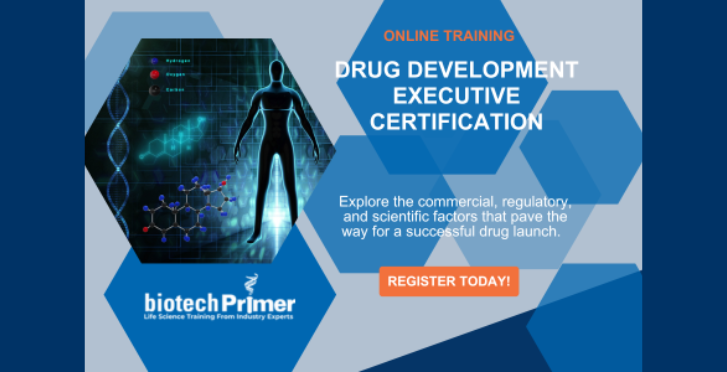RNA Therapeutics: A Focus on Antisense

With their high specificity and relatively low manufacturing cost, RNA therapeutics may be capable of manipulating previously “undruggable” targets. The main roadblock continues to be delivery—getting the RNA drug where it needs to be, in high enough concentrations, to be effective.
Understanding the Science
Within the cell, Messenger RNA (mRNA) carries a copy of the protein-making instructions from DNA to the protein-manufacturing ribosomes located outside the nucleus. Protein is not produced without mRNA.
- Antisense drugs are short (between 10 and 30 nucleotides) synthetic pieces of nucleic acid whose sequence is complementary to the mRNA that codes for a disease-associated protein.
- Antisense drugs enter a patient’s cells, bind to the disease-causing mRNA, and trigger an enzyme called RNase H to destroy the antisense-mRNA hybrid.
- Without the mRNA, the disease-associated protein simply is not made—stopping the disease in its tracks.
Why Antisense Drugs Matter
Many early clinical trials failed to achieve therapeutic levels of antisense drugs in target tissues. Interest was renewed in the mid-2000s with the FDA approval of Ionis Pharmaceuticals’ Kynamro (mipomersen) for treating familial hypercholesterolemia. Kynamro targets apolipoprotein B, a key component of LDL cholesterol, to lower cholesterol levels:
Biotech In Action
Pre-mRNA is a strand of RNA from which specific pieces are cut out (introns) or included (exons) before becoming the mature mRNA that relays the protein-making instructions from DNA to the ribosomes.
- Exondys 51 (eteplirsen, Sarepta Therapeutics) is an antisense drug that binds to a mutated exon to keep it out of the mature mRNA. By eliminating this exon, Duchenne muscular dystrophy (DMD) patients produce a more functional dystrophin protein than the disease-associated version, improving muscle function.
- Spinal muscular atrophy (SMA) patients don’t produce enough Survival of Motor Neuron (SMN) protein because of a missing exon. Spinraza (IONIS Pharmaceuticals and Biogen) binds to the exon that needs to stay in the SMN1 gene to produce a full-length mRNA and a more functional SMN protein.
Empower Yourself
Learn enough about antisense and other therapies to be dangerous! Register today for BioBasics 201, a 9-hour on-demand course explaining how vaccines, therapeutic antibodies, gene and cell therapies, and RNA medicines cure disease in detail.
Emerging Possibilities
There are currently 27 active or recruiting clinical trials underway in the U.S. for antisense therapies for cancer, eye diseases, and Huntington’s disease.
Cocktail Fodder
Dr. Stanely and Rosanne Crooke created the n-Lorem Foundation with Ionis and Biogen to raise money for personalized antisense therapies for affected patients. They coined the term “Nano-Rare,” defining the term as a patient who, because of their unique gene mutation, will be one of only 1 to 30 patients worldwide with that exact mutation.

Biotech Primer is your go-to source for interactive training across the biotechnology, pharmaceutical, molecular diagnostics, and medical device sectors. Explore a range of in-depth biotech courses designed to deepen your understanding of key principles and applications in the field.
Learn More










